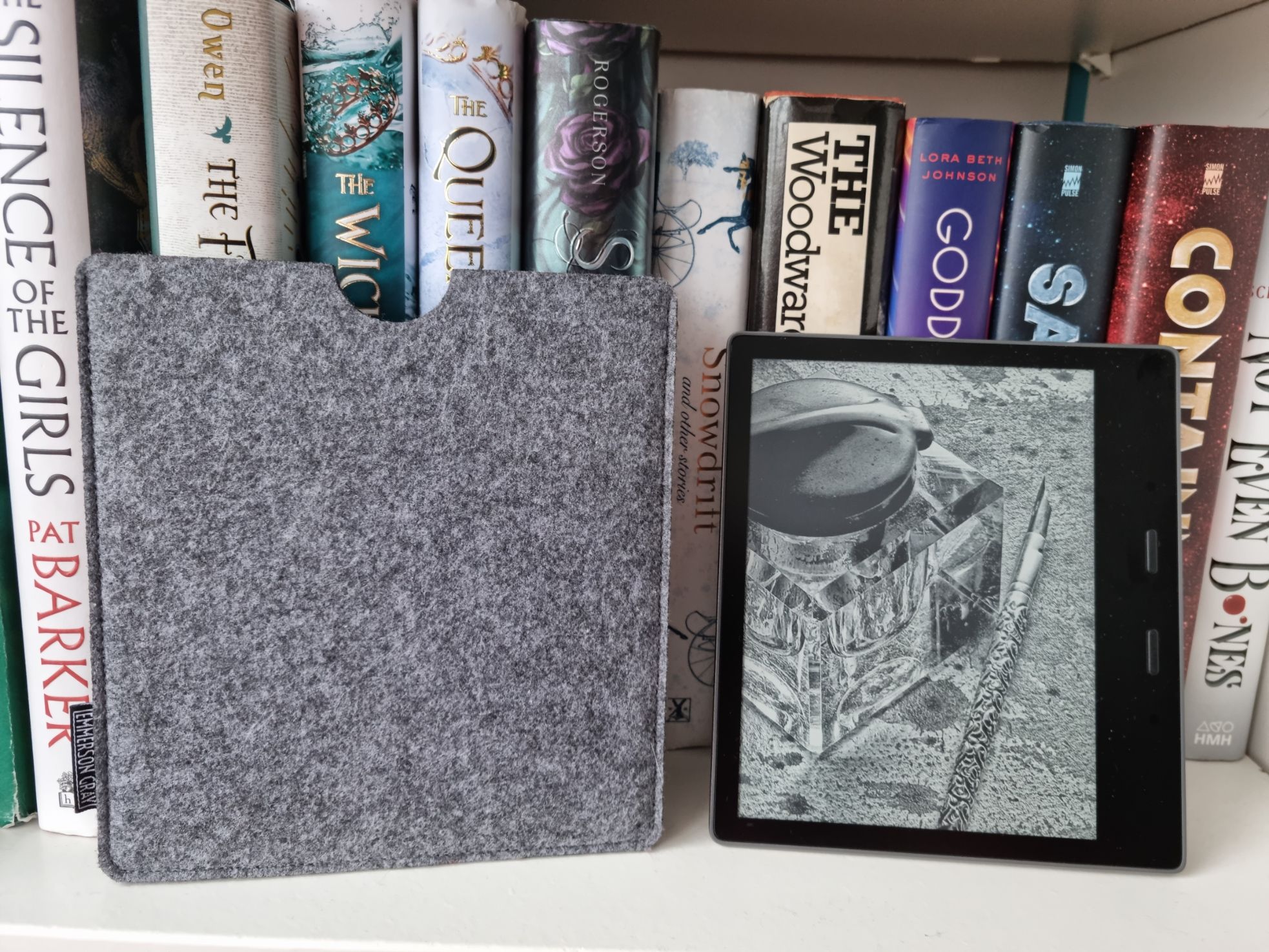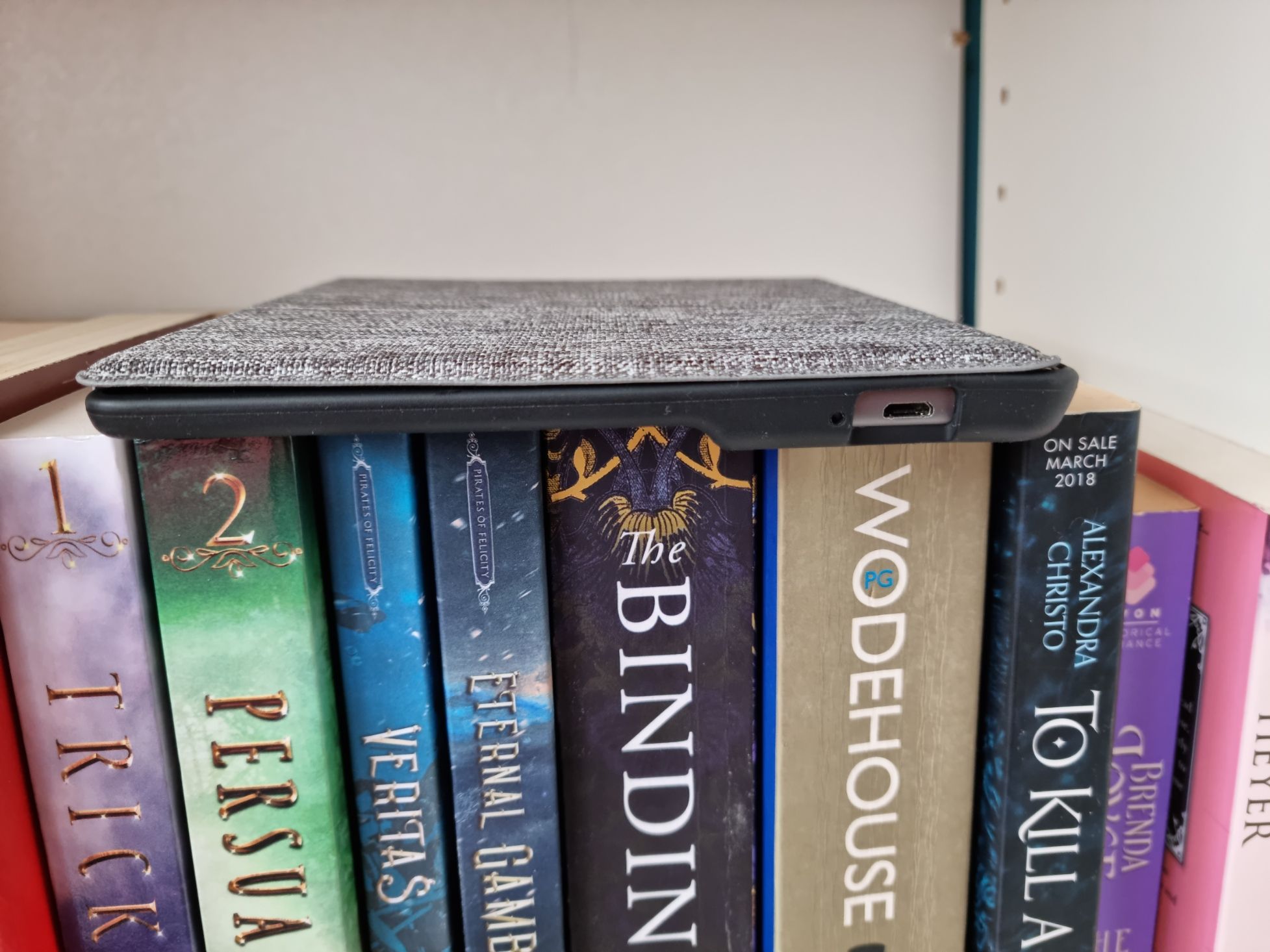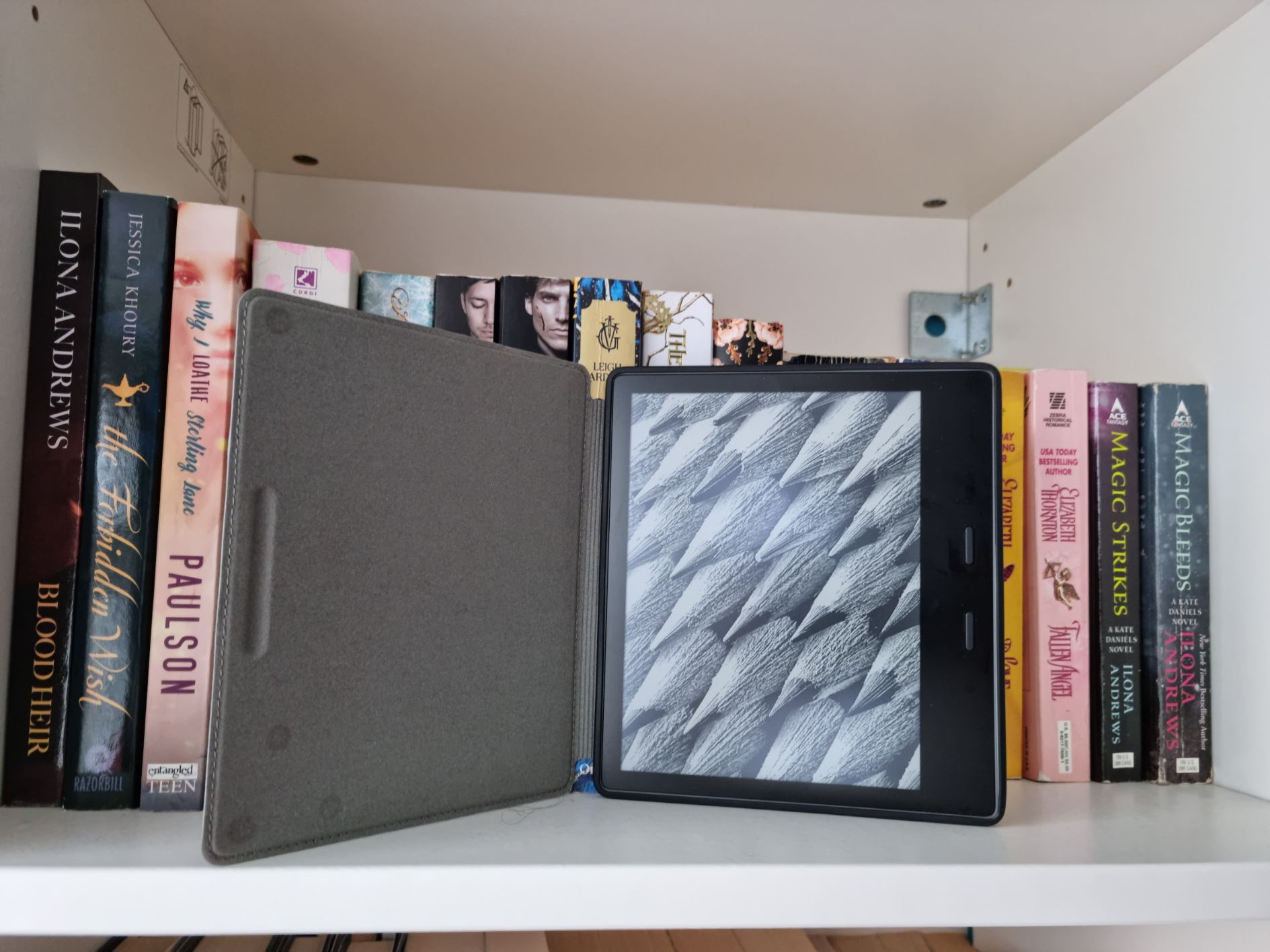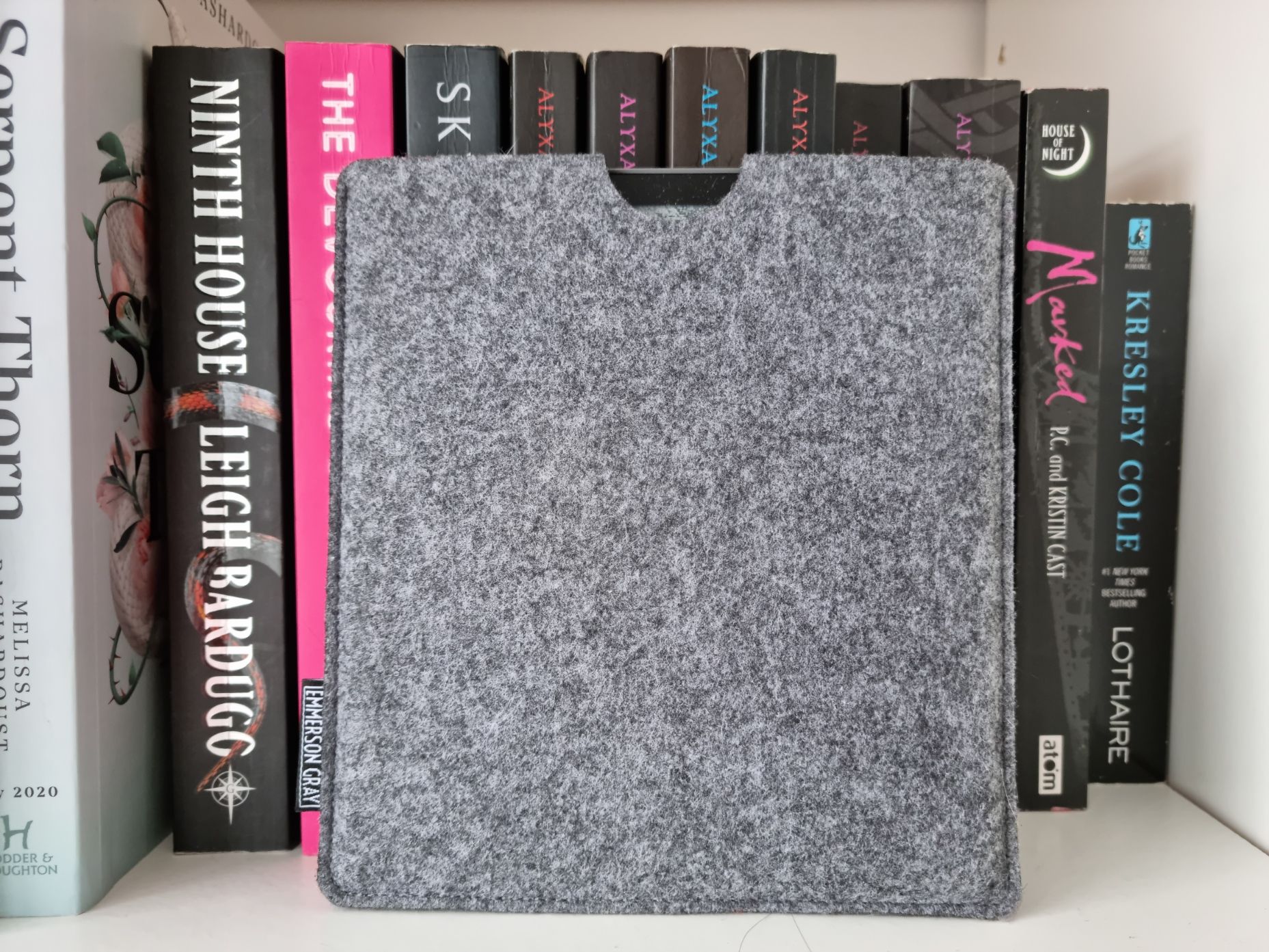If you're paying for a Kindle—especially Amazon's flagship device, the splashy Kindle Oasis, which costs well over $200—you'll definitely want a way to keep it protected from everything. While the bare device is made from sleek, brushed aluminum, that's a shame to cover up; the possibility of wrecking your investment with a careless drop is too scary to consider.
Fortunately, there are two main ways to protect your Kindle, and here's everything you need to know about it.
Using a Kindle Case
A case is characterized by all-around protection. Here, for example, you can see that the case extends not just around the back and sides but also has a flip cover for the screen. Conveniently, the cover is magnetic and automatically wakes your Kindle, so you can pick up wherever you left off reading. This works whether you read Amazon e-books or you like to upload free books to your Kindle yourself.
Some cases can be very rugged. Various manufacturers, such as Temdan, produce thick rubberized covers, which means you could drop your Kindle and it would probably survive the fall. Unfortunately, that massively compromises on form factor, one of the reasons people buy a Kindle in the first place. Such cases are usually so bulky that you might as well use a book instead.
To some extent, the bulkiness problem will never go away if you have a case. No matter how slim or stylish, almost all cases inevitably add a dose of heftiness in exchange for protection. That balance is something to weigh up when considering a case.
After all, a naked Kindle weighs just 188 grams, so light that you barely feel it; my own case (one of the lightest I could find on Amazon) adds around 100g to that, almost as much as the device itself. The change whenever I peeled the case off was very noticeable.
Using a Kindle Sleeve
On the other hand, a sleeve is just a fabric pouch to slide the device into. The one pictured above comes from Emmerson Gray and is made of felt, meaning it's far lighter than a case. It's also laser-cut, so it conforms very well to the exact dimensions, being tight enough that it would take some effort to make the Kindle fall out.
So although it doesn't have a closure mechanism at the top, it doesn't really need one. Still, if that's what you're after, you'll find sleeves with buttons or zips to prevent your Kindle from slipping out.
The biggest upside to using a sleeve is that you can just take it off and start reading. There's no need to strain your wrist propping up a heavy case or fold back the cover awkwardly. Yes, you do need to find somewhere to leave the sleeve while you're reading, but that's a small price for the comparatively superior reading experience. And any streaky fingerprints which show up on your Kindle can be easily wiped off.
 Kindle Case vs. Sleeve: Which Is Better?
Kindle Case vs. Sleeve: Which Is Better?
The Kindle is the perfect device for avid readers, even if you love real books. But you need to find a way to protect it. A sleeve is definitely the way to go when you're just using your Kindle around your home. You can slip it off easily when you want to read, and you can put it back on again when you need to leave or you just want to store your Kindle safely. You can benefit from the Kindle's natural lightness and actually clap your eyes on its design.
If you're traveling, though, a case provides much more protection. There's less risk of smashes or scratches in a bag, and you don't have to fiddle with removing it when reading on a busy bus or train; you can just flip it open. If you're on the clumsy side and might drop it onto a hard floor in your home, this is also the one to go for.




